Bigger is better, if you are an animal caught in a cyclone
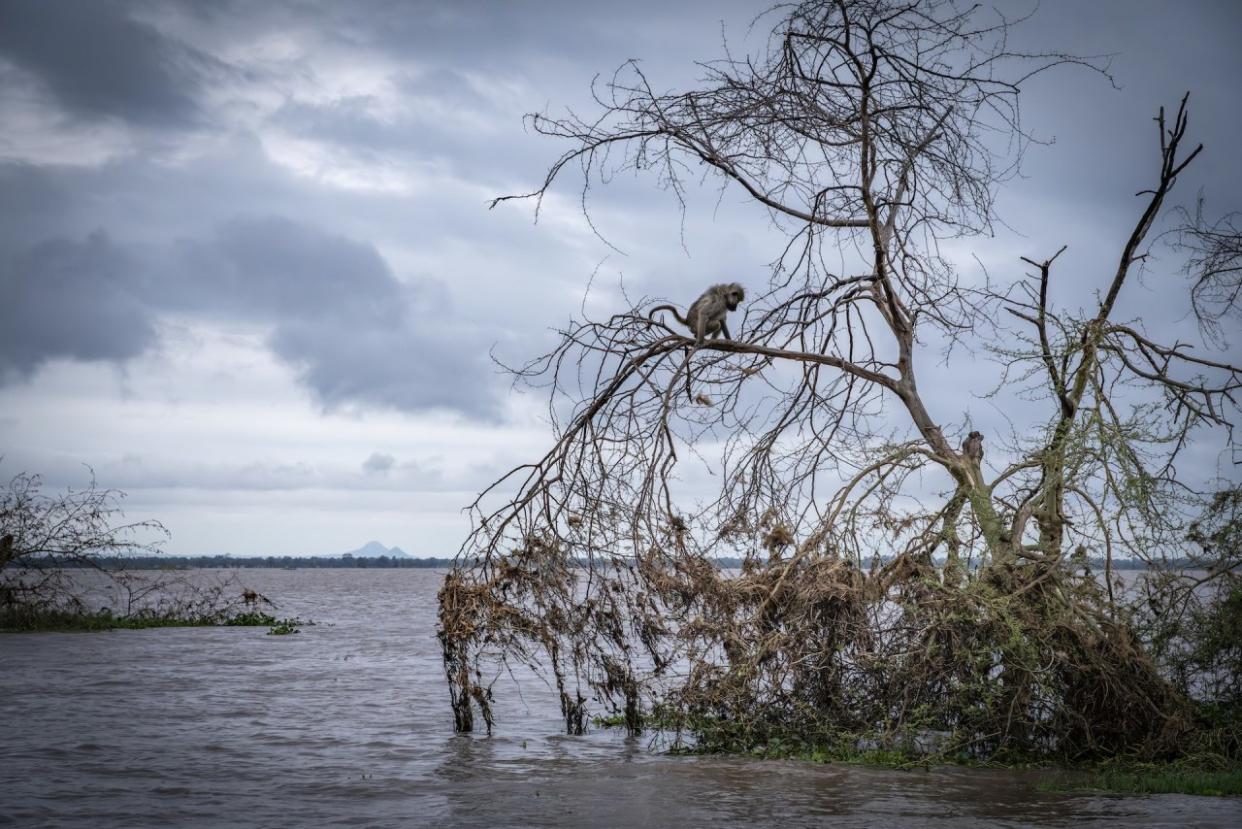
Bigger doesn't always mean better, but when it comes to wildlife enduring destructive storms, a new study indicates it does.
According to the recent research, bigger-bodied animals have been shown to fare better than their smaller counterparts during a catastrophic tropical cyclone.
SEE ALSO: How this hairless creature survives harsh Canadian winters
With extreme weather events on the rise due to climate change, the results published in Nature could help environmental groups tailor strategies to assist at-risk animals before such events hit, in addition to determining general factors that enable their survival during the storms.
Kaitlyn Gaynor, assistant zoology professor with the University of British Columbia (UBC), told The Weather Network in a recent interview that larger-bodied mammals were better equipped to survive the "immediate aftermath" of the storm, simply because they could move through the floodwaters without drowning.
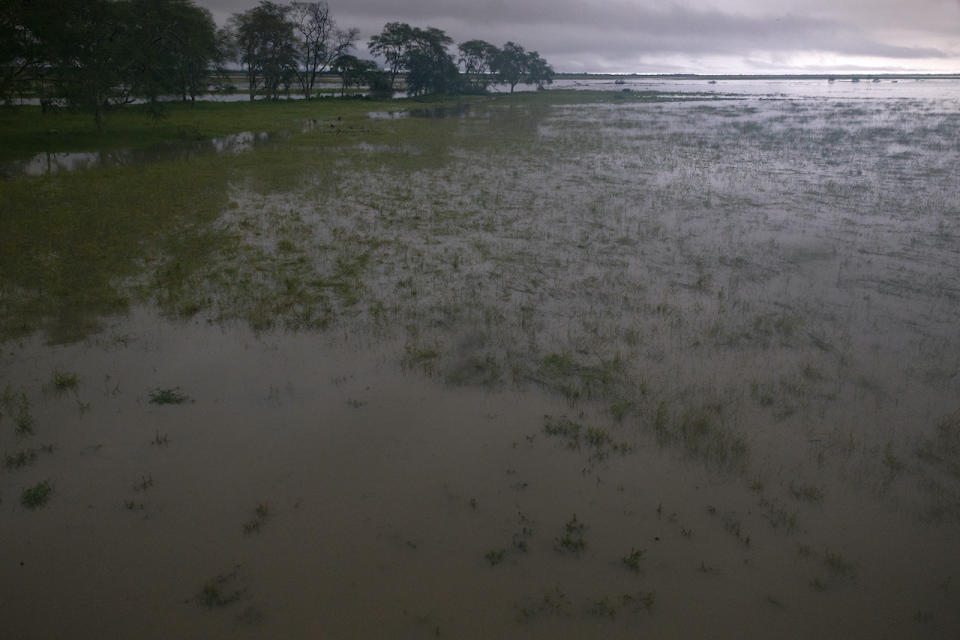
Mozambique. (Piotr Naskrecki/Harvard University and Gorongosa National Park/Submitted)
As well, they had advantages in the longer term afterwards because they have more energy reserves in their body they could live off of when vegetation was hard to come by.
"Animals that have really narrow habitat requirements or environmental conditions, which are highly specialized to certain climates, [are] going to have a harder time as their environments change," said Gaynor.
Examination of wildlife occurred during cyclone Idai
The study came to fruition in central Mozambique where researchers had been studying wildlife for quite some time, Gaynor noted.
"We had been monitoring their movement, we had been doing helicopter surveys to count the number of animals that were there [and] we had cameras out that were taking pictures of animals that walked by," said Gaynor. "We already had a good amount of baseline information about the wildlife in this area."
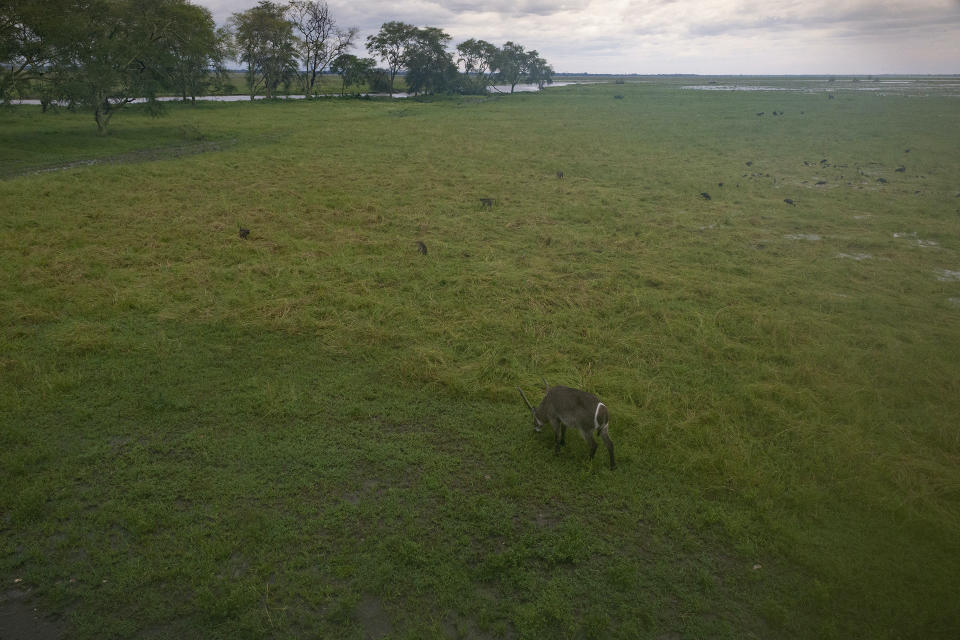
Mozambique. (Piotr Naskrecki/Harvard University and Gorongosa National Park/Submitted)
While Gaynor and her colleagues were in Mozambique to conduct the analysis, a storm moved through, allowing them to capture real-time data as it happened. Researchers used global positioning system (GPS) collars, cameras and aerial surveys in their analysis of the animals.
It was an "accidental experiment" when the storm hit, she said. The storm in question was the deadly cyclone Idai, which hit Mozambique in 2019.
"In many cases, just from data that was coming in from satellites, we could actually see in near real-time, the animals moving in response to the storm," said Gaynor. "Just because of the data that we were collecting, [we were able] to pretty quickly get a sense of what was going on for at least the individual animals that we were tracking."
The animals that were examined included a range of ungulate species of varying sizes, from antelope to elephants.
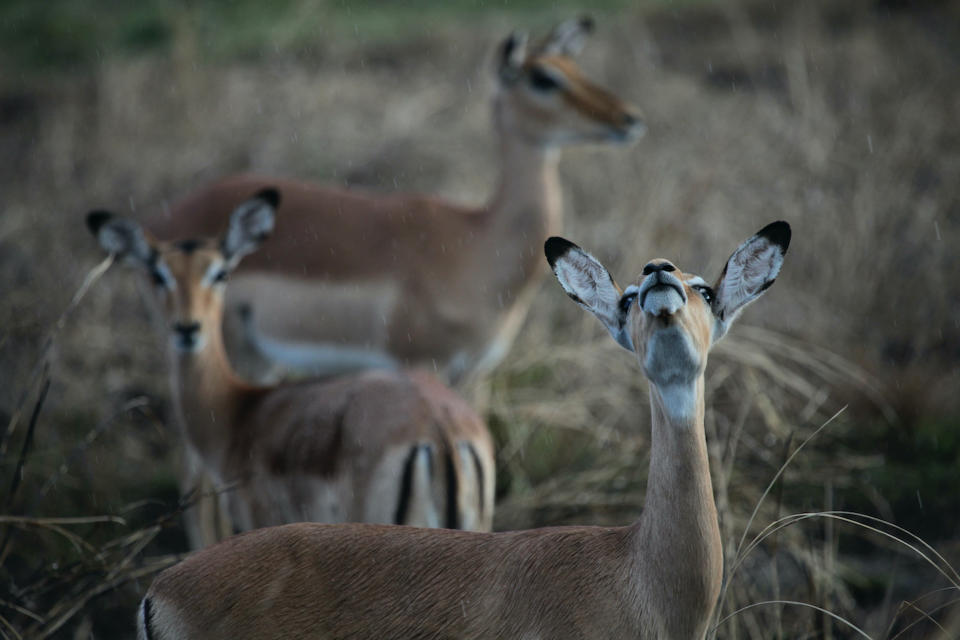
(Robert M. Pringle/Princeton University/Submitted)
The smaller wildlife, including bushbuck or reedbuck, which are species of antelope, tended to experience a higher die-off during the storm, Gaynor said. After the storm passed, the bigger-bodied animals, such as waterbuck and elephants, fared better over time.
Population estimates were then taken 20 months after the cyclone hit. Oribi and reedbuck, two of the smallest species, declined by 47 to 53 per cent while three larger animals, wildebeest, buffalo and elephant, increased by about 27 per cent, according to UBC.
Various storms have different effects on wildlife
No matter what the type of event it is, whether it's a tropical storm, drought or wildfire, extreme weather of all varieties tend to have "different effects on different species," Gaynor said.
It just happens that larger species are often better able to get to safer ground and survive in the longer term, she added, simply because they use bigger areas and they have greater-sized bodies to rely on if food is scarce.
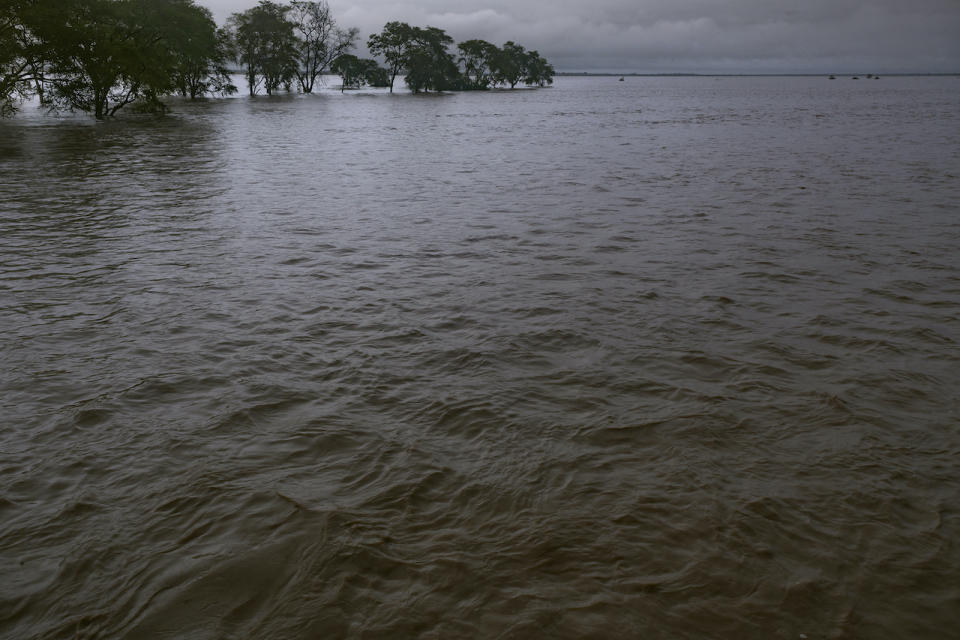
Mozambique. (Piotr Naskrecki/Harvard University and Gorongosa National Park/Submitted)
Wildlife face a number of threats from a storm, but flooding is perhaps the greatest. It's hard to determine an optimal speed for animals to flee an imminent danger, so they just need to be "one step ahead of the rising floodwaters or the fire," Gaynor said.
"Obviously, in the case of a flash flood, these things can happen in an instant. Really, no matter how fast you are, you might be in trouble. But in this case [cyclone Idai], the floodwaters did rise pretty quickly," said Gaynor.
She said the animals that could wade through the floodwaters were able to get out of there safely. Where some species ran into trouble was in higher ground nearby, waiting out the storm, but then the area became inundated with water.
"They were on these islands that then became under water, and they really had nowhere to go after that," said Gaynor.
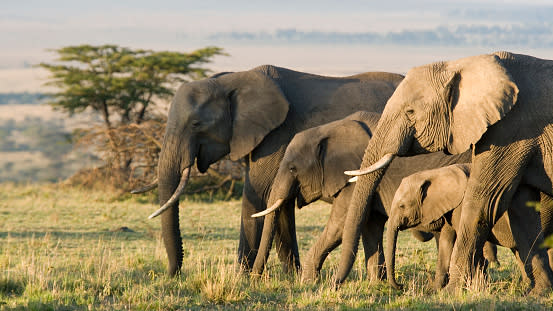
While the study indicated that larger wildlife have a survival advantage, Gaynor said not all animals are going to respond similarly to extreme weather.
Attributes such as size, how quickly they can move and what kind of habitat they use will affect their vulnerability to natural disasters.
"I'm sure we could also think of some cases where a smaller-bodied animal may do better if, let's say, the flood destroys all but a few small remaining patches of habitat, if a small animal can make do," said Gaynor.
WATCH: How a map could help keep mammals protected
Study highlights climate change's impact on the environment and wildlife
For Gaynor, the research calls attention to how climate change is resulting in more extreme weather events and how they will alter the environment and wildlife, directly and indirectly, in the long term, Gaynor said.
Part of the challenge with climate change is that animals aren't able adapt to the changes fast enough, she added.
"Animals are having a hard time keeping up, in a sense, from an evolutionary perspective. So, they're relying more on changing their behaviour and these other mechanisms to adapt to a changing environment," said Gaynor.
"If we want to conserve individual animal species or populations, we could think really proactively if we know that an extreme weather event is coming...can we actually intervene to move animals?"
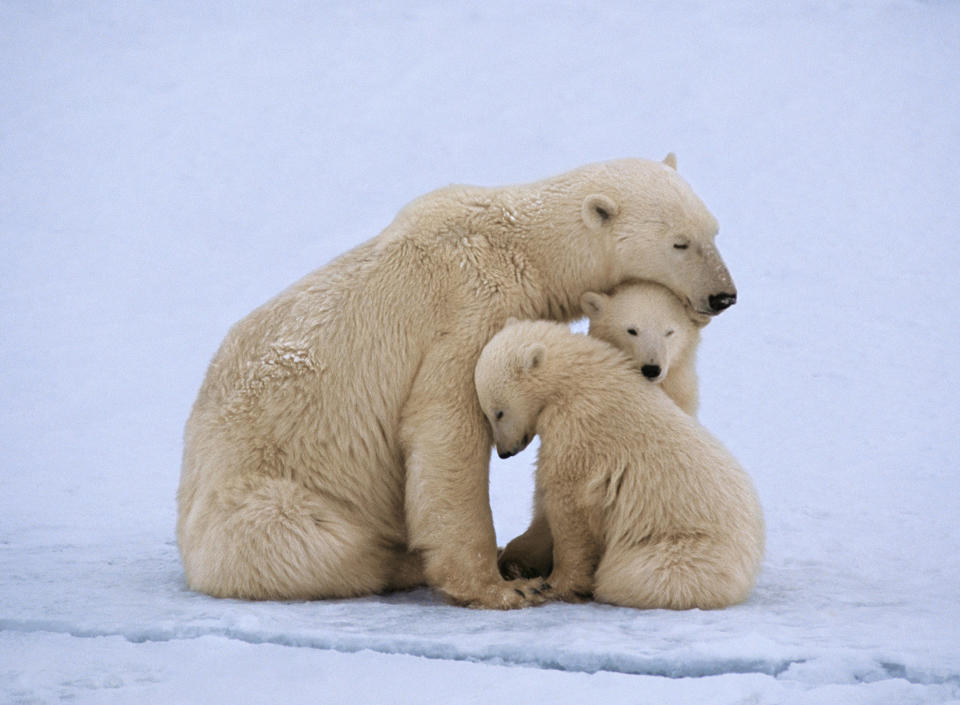
(Johnny Johnson/The Image Bank/Getty Images)
While that approach seems idealistic, the assistant zoology professor admitted the idea isn't really feasible on large scales, especially since humans are mainly focused on securing the safety of people in anticipation of extreme events.
With a rise in severe weather due to climate change, we can expect more ecological changes to occur. We have to adapt to a "new normal," Gaynor said.
"We need to accept, in a sense, that we're going to see some restructuring of ecological communities where the species that are better able to persist in the wake of extreme events are probably going to come to dominate ecosystems," said Gaynor.
In order to preserve our environment, Gaynor said it's going to require a lot of creativity, flexibility and a "recognition that we can't just continue to conserve things the way they have always been."
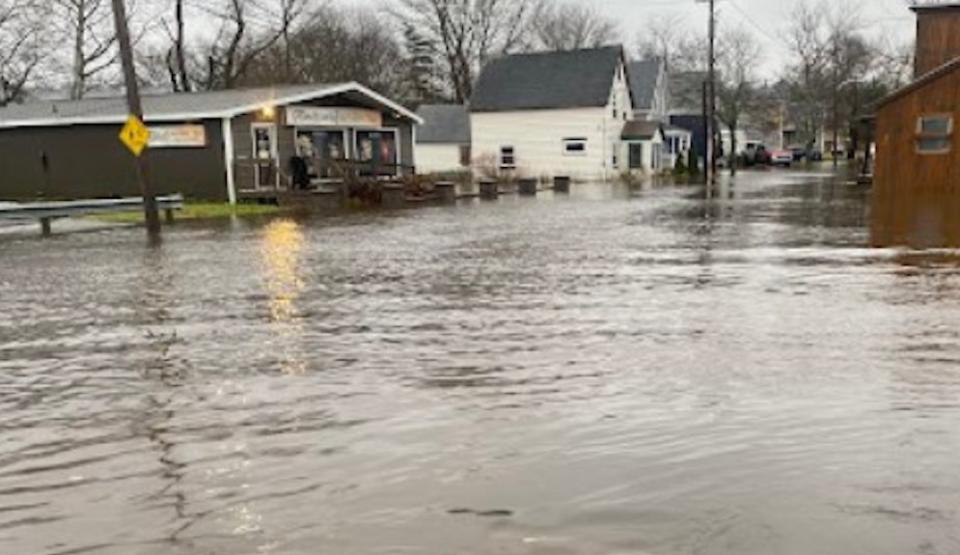
(Nathan Coleman/The Weather Network)
"At the same time, we can think about managing for more resilience. Are there ways we can manage habitat so that animals can have more options available to them after extreme events?" said Gaynor.
"If we want to think about intervening really directly...even thinking, 'how can we translocate animals to new areas that are now more suitable under climate change?'"
To offer some hope for the future of wildlife under an ever-evolving climate, Gaynor cited the North American urban environment as an example.
"Species like coyotes and raccoons just really thrive under disturbance. We might see those species [be] able to adapt and find new ways to feed, and to live under climate change," said Gaynor.
WATCH: Climate change could be moving where tropical cyclones rage
Thumbnail courtesy of Jen Guyton/Submitted.
Follow Nathan Howes on the X platform, formerly known as Twitter.

